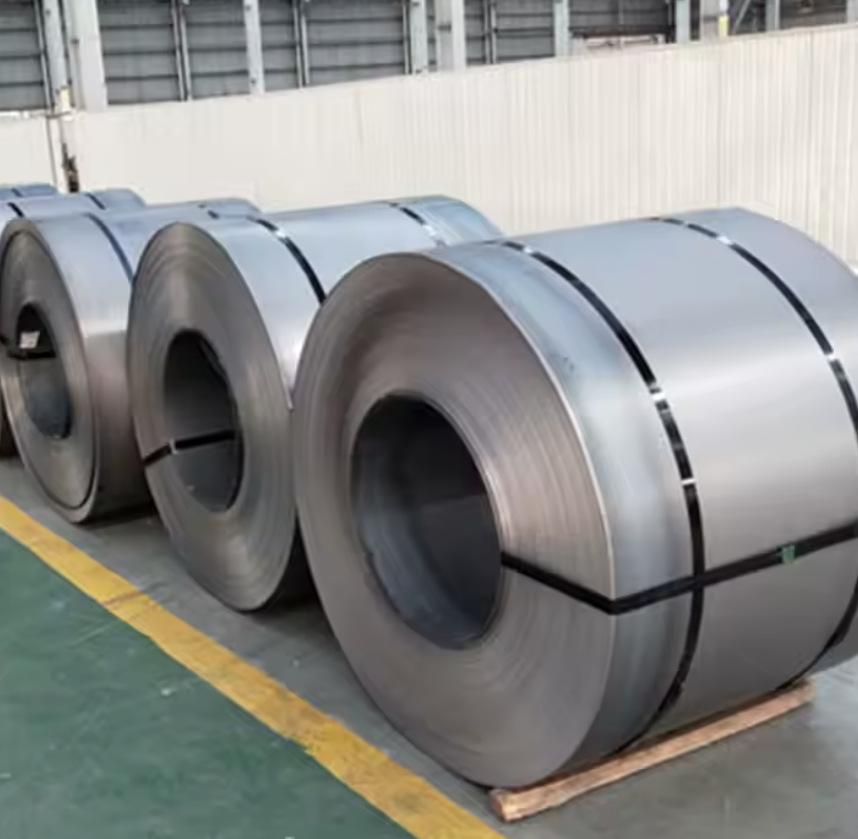
Posted on Friday, November 1, 2024
Steel coils are an integral part of the manufacturing, construction, and industrial sectors in South Africa. This guide provides a comprehensive overview of the importing process, addressing cost considerations, tariff requirements, delivery logistics, and key factors to inspect when sourcing steel coils.
Q1: What documents are required for importing steel coils into South Africa?
A1: Commonly required documents include:
Q2: How can I reduce tariffs on steel coil imports?
A2: Leverage preferential trade agreements and ensure correct HS code classification to avoid unnecessary duties.
Q3: Are there any restrictions on the type of steel coils that can be imported?
A3: Some products may require prior approval or permits based on environmental or safety concerns.
Q4: What quality certifications should I ask for?
A4: Look for ISO certifications, mill test reports, and compliance with SABS standards.
Importing steel coils into South Africa can be a seamless process with proper planning and adherence to regulatory requirements. By understanding costs, tariffs, and quality checks, businesses can optimize their procurement strategies to ensure profitability and efficiency.
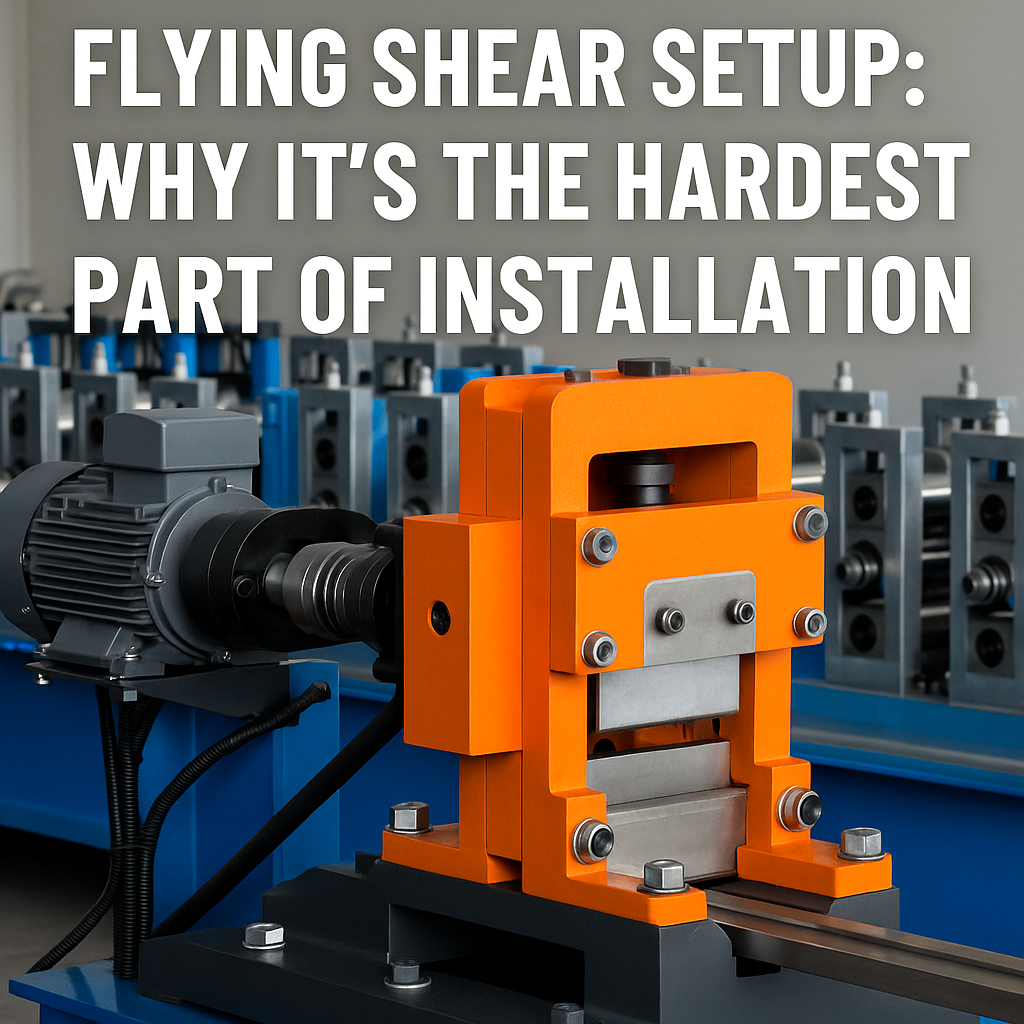
Flying Shear Setup: Why It’s the Hardest Part of Roll Forming Machine Installation
Posted on Monday, November 24, 2025
If you want a header image, meta description, or series continuation, just tell me.
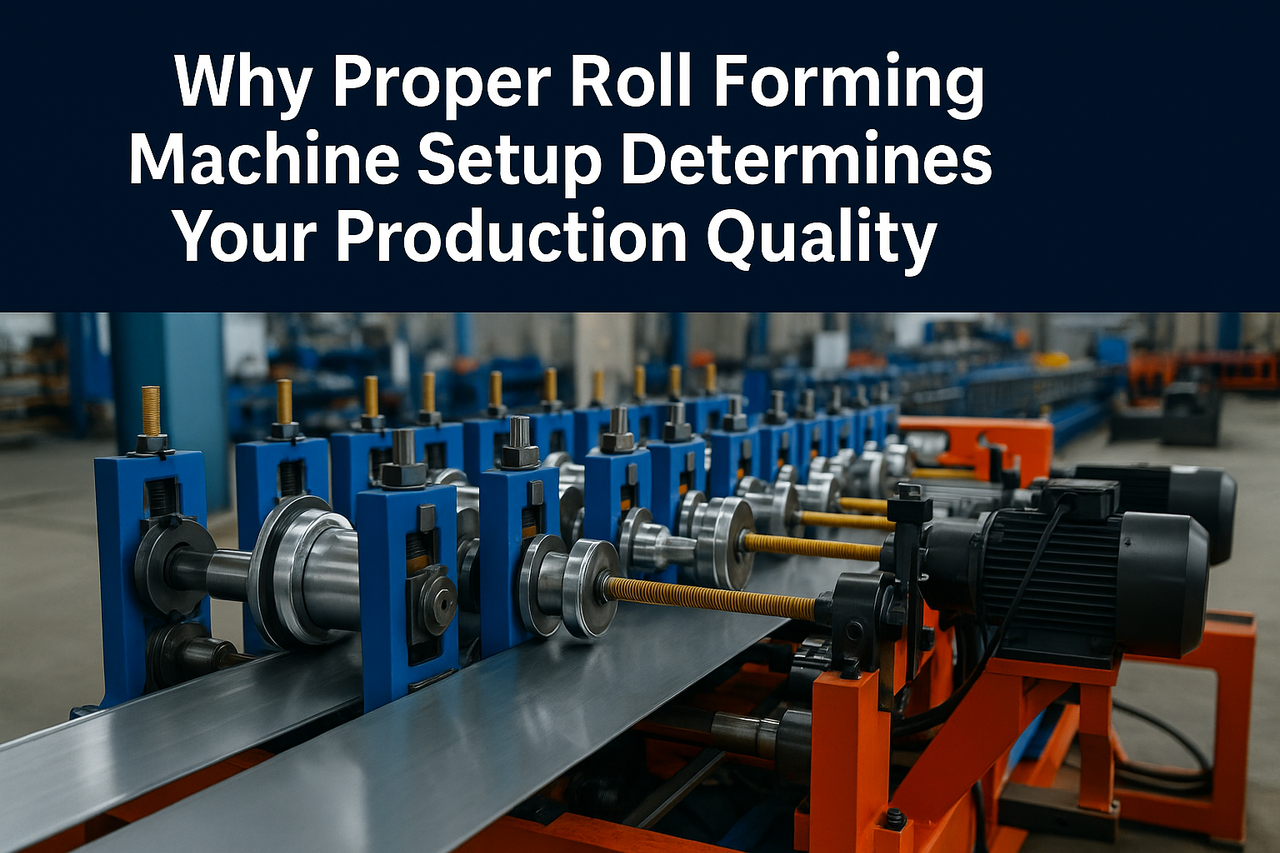
Why Proper Roll Forming Machine Setup Determines Your Production Quality
Posted on Monday, November 24, 2025
The #1 factor that decides accuracy, scrap rate, speed, and consistency.
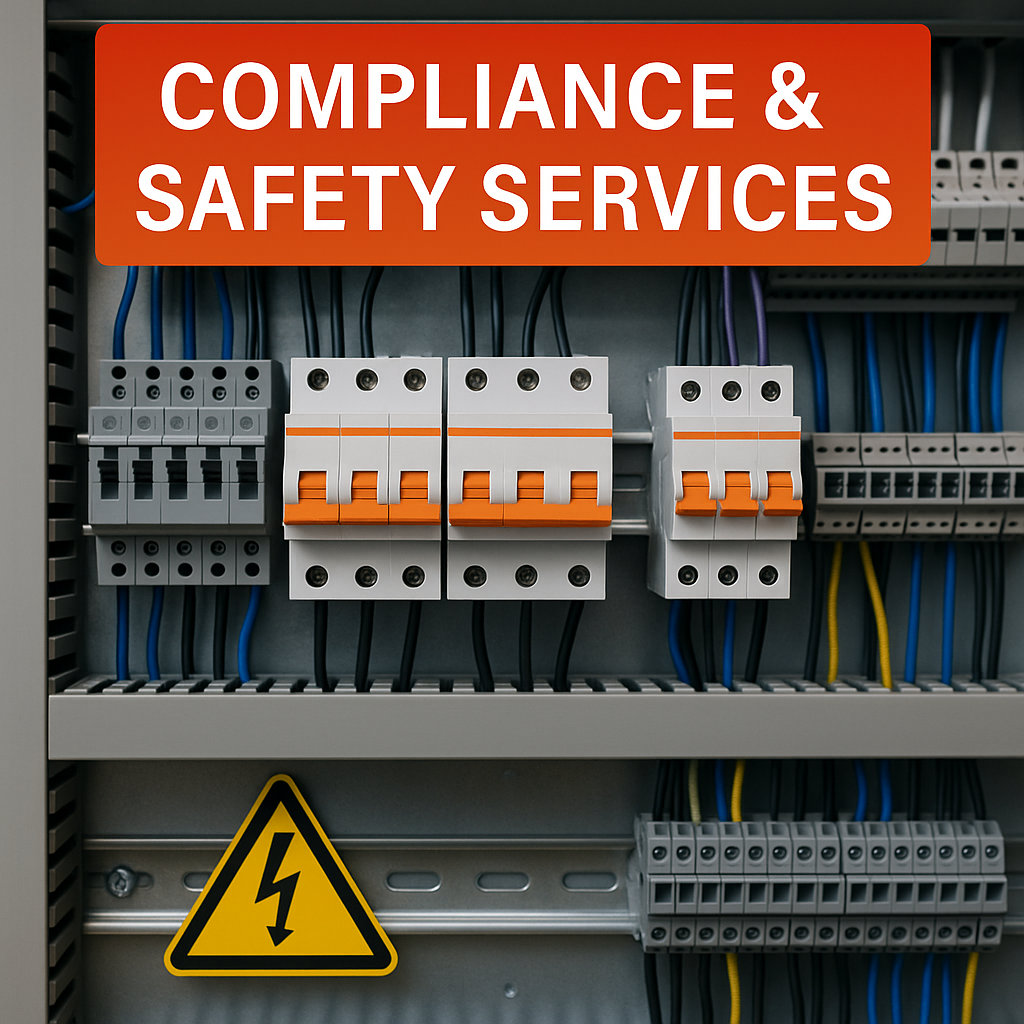
Compliance & Safety Services for Roll Forming Machines — Full Guide
Posted on Sunday, November 23, 2025
How Machine Matcher keeps your machines safe, legal, and fully compliant with CE, UL, and UKCA standards.
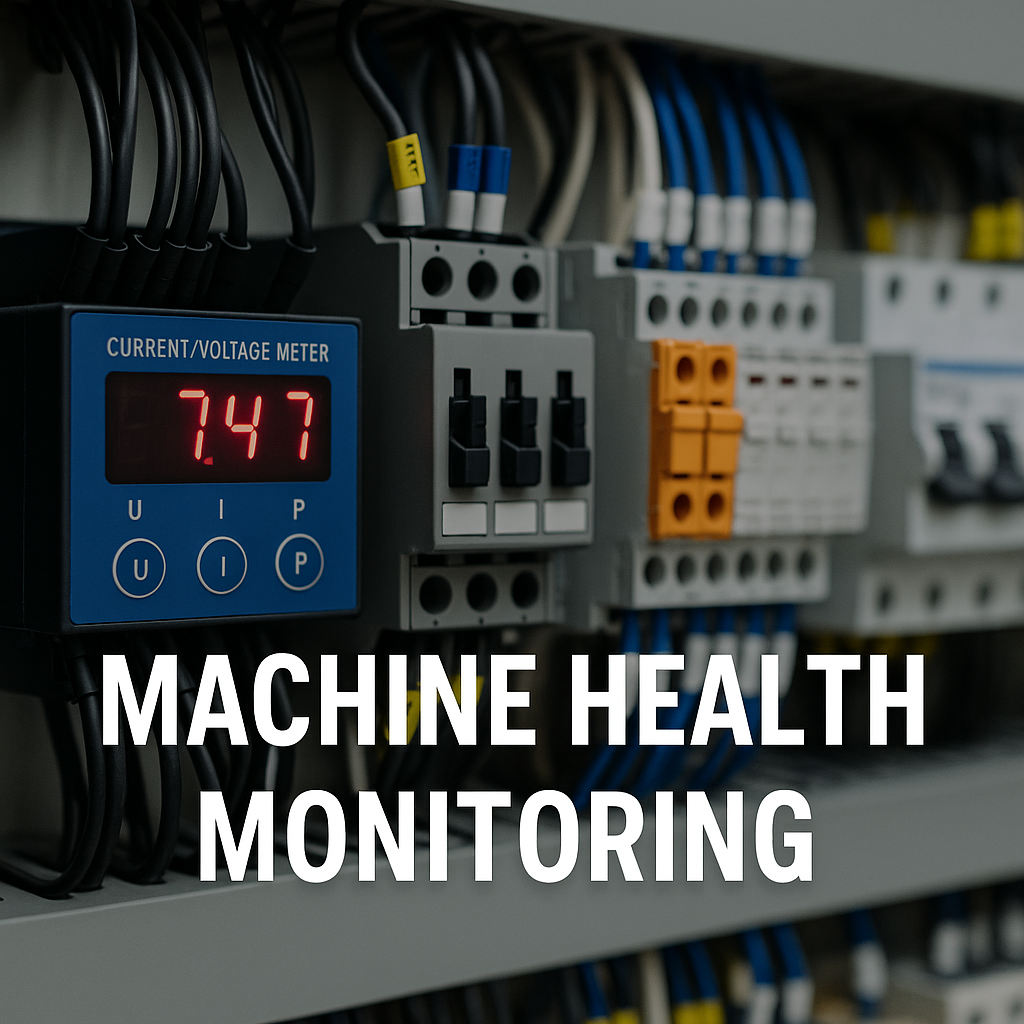
Machine Health Monitoring for Roll Forming Machines — Complete Diagnostic Service Guide
Posted on Sunday, November 23, 2025
Continuous diagnostics that prevent breakdowns, reduce downtime, and extend machine life.
Copyright 2025 © Machine Matcher.